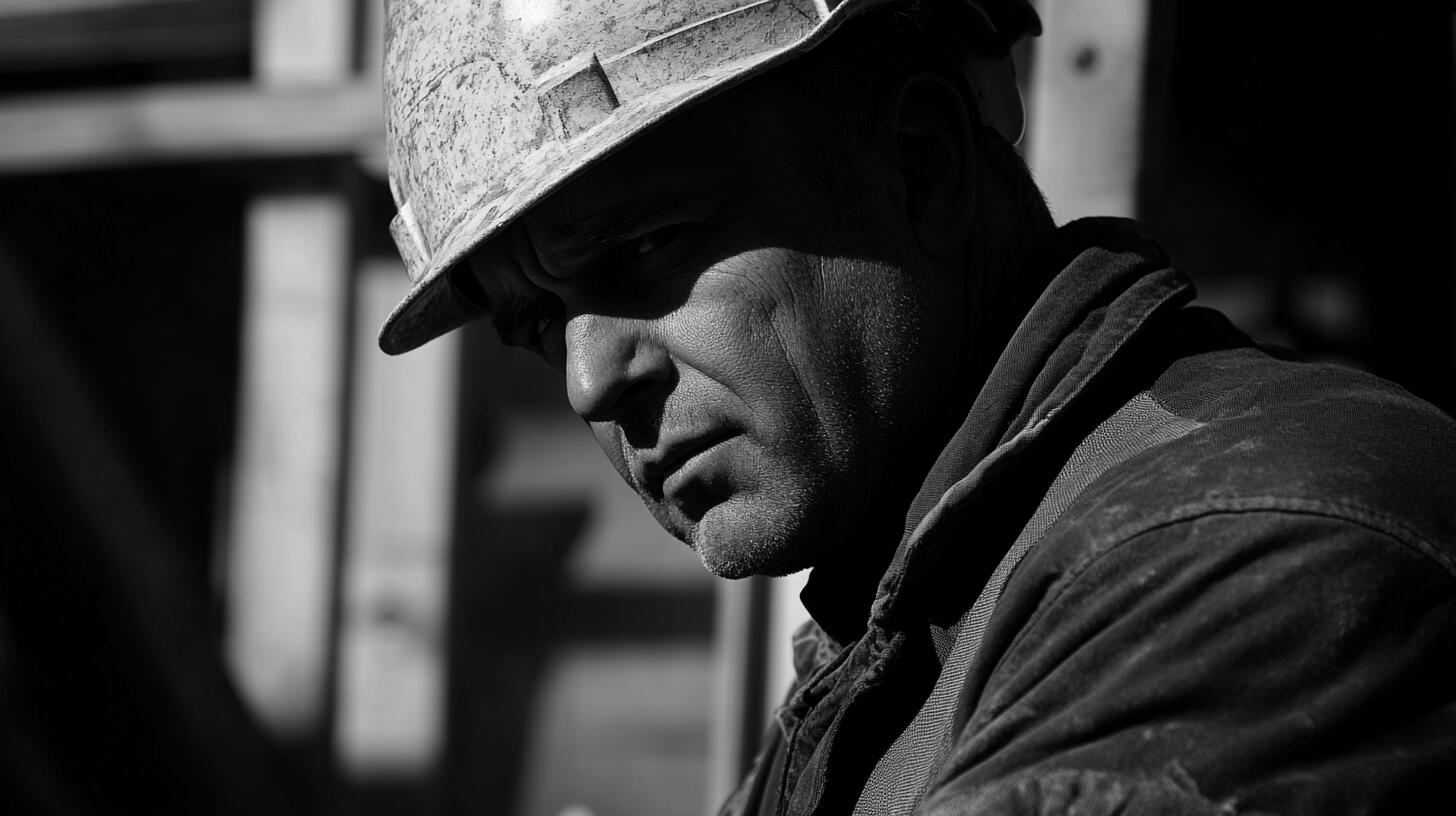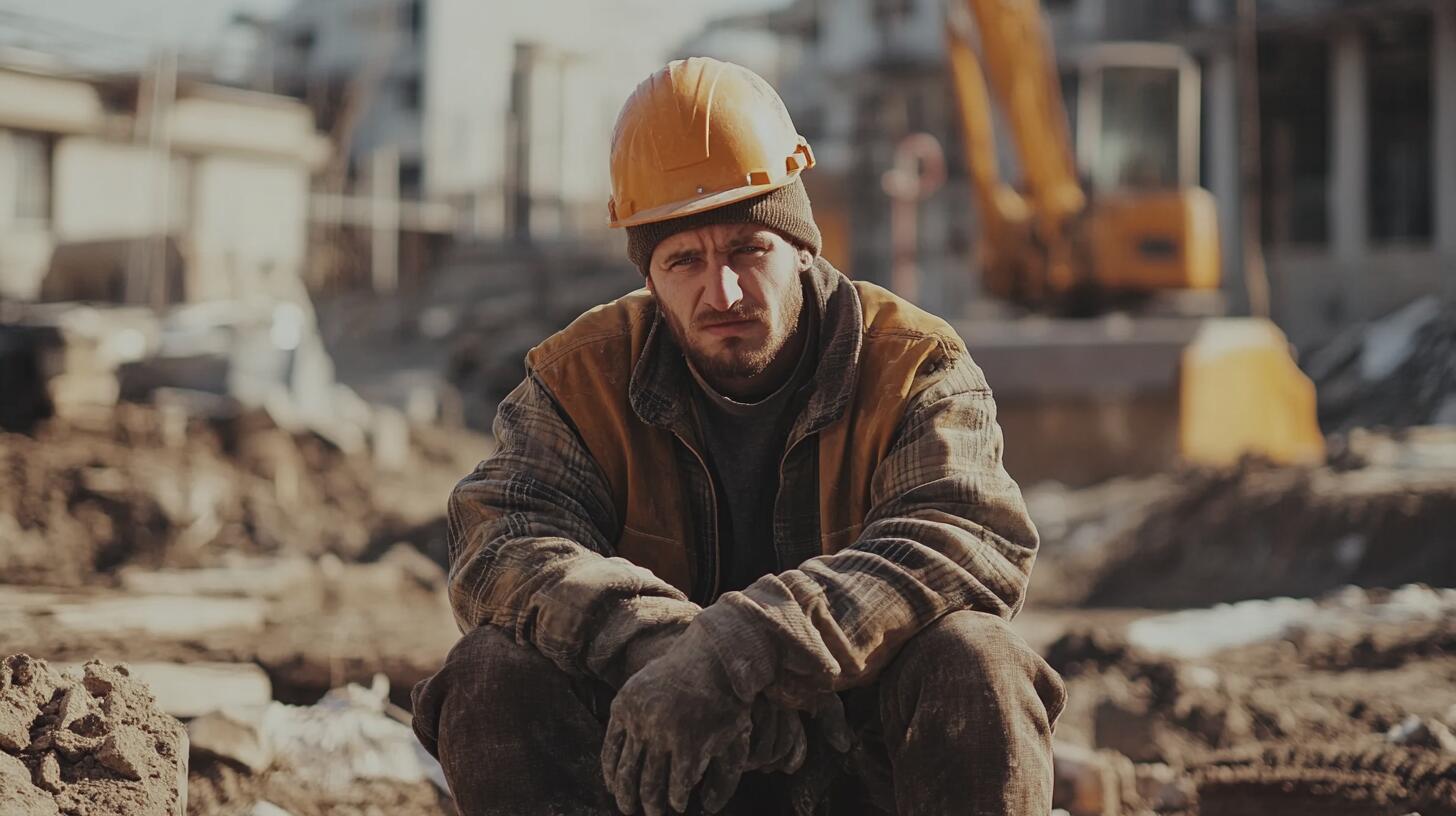
Construction sites are bustling environments filled with activity, machinery, and people working diligently to bring projects to life. However, these sites can also be fraught with dangers that sometimes lead to injuries. Understanding liability in construction injury cases is crucial for anyone working in or around these environments. In this article, we will explore the intricacies of construction injury liability, the relevant workplace injury laws, and how affected individuals can seek justice.
The Basics of Construction Injury Liability
Construction injury liability refers to the legal responsibility that arises when a worker is injured on a construction site. Determining liability involves identifying who is at fault and who should be held accountable for the injury. This can be a complex process due to the multiple parties typically involved in construction projects.
Key Parties Involved
Several parties may be involved in a construction project, each with potential liability for injuries:
- General Contractors: They oversee the entire construction project and ensure safety protocols are followed.
- Subcontractors: They perform specific tasks and have a duty to maintain safe working conditions.
- Property Owners: They may be liable if their negligence contributes to unsafe conditions.
- Manufacturers: They can be held responsible if faulty equipment leads to an injury.
Common Causes of Construction Injuries
Understanding common causes of construction injuries can help in determining liability. Some prevalent causes include:
- Falls: Leading cause of construction injuries, often due to inadequate fall protection.
- Falling Objects: Tools or materials falling can cause serious injuries.
- Equipment Accidents: Misuse or malfunctioning of heavy machinery can lead to accidents.
- Electrocutions: Contact with live wires or faulty electrical installations.
- Exposure to Hazardous Substances: Leading to long-term health issues.
Legal Framework for Construction Injury Cases
Workplace injury laws provide a framework for addressing construction injury cases. These laws aim to protect workers and ensure they receive compensation for injuries sustained on the job.
Workers’ Compensation
Workers’ compensation is a form of insurance providing wage replacement and medical benefits to employees injured in the course of employment. It is generally a no-fault system, meaning the injured worker does not need to prove employer negligence to receive benefits. However, accepting workers’ compensation typically means the worker cannot sue their employer for additional damages.
Personal Injury Claims
In some cases, injured workers may file personal injury claims against parties other than their employer. These third-party claims can arise when another party’s negligence contributed to the injury. For example, if a subcontractor’s actions led to unsafe conditions, an injured worker might pursue a claim against them.
Steps to Take After a Construction Injury
If you or someone you know is injured on a construction site, taking the appropriate steps is crucial for protecting legal rights and securing compensation.
Immediate Actions
- Seek Medical Attention: Prioritize health and safety by getting medical help immediately.
- Report the Injury: Notify your employer or site supervisor about the injury as soon as possible.
- Document the Incident: Gather evidence, such as photos of the site, witness statements, and medical reports.
Legal Consultation
Consulting with an attorney experienced in construction injury liability is vital. They can help navigate the complexities of workplace injury laws and determine the best course of action for pursuing compensation.
Proving Liability in Construction Injury Cases
Proving liability in construction injury cases involves demonstrating that a party’s negligence led to the injury. This typically requires showing:
- Duty of Care: The defendant had a legal duty to maintain a safe environment.
- Breach of Duty: The defendant failed to meet this duty through action or inaction.
- Causation: The breach directly caused the injury.
- Damages: The injury resulted in damages, such as medical expenses or lost wages.
Gathering Evidence
Gathering substantial evidence is crucial for proving liability. This can include safety records, eyewitness accounts, expert testimony, and physical evidence from the site.
Conclusion
Construction injury cases are complex, involving multiple parties and legal considerations. Understanding liability and the relevant workplace injury laws is essential for anyone involved in construction, whether as a worker, contractor, or property owner. By knowing your rights and the legal avenues available, you can better navigate the aftermath of a construction injury and seek the justice and compensation deserved.
Navigating the legal landscape following a construction injury can be daunting. However, with the right knowledge and legal support, injured workers and their families can find a path to recovery and justice. Remember, understanding your rights and responsibilities is the first step toward ensuring safety and accountability in the construction industry.
Seeking Legal Guidance and Support
If you or a loved one have been injured in a construction accident, don’t navigate the legal process alone. Our experienced team at 612-Injured is here to help you understand your rights, assess your case, and fight for the justice and compensation you deserve. Contact us today for a free consultation and let us guide you through this challenging time.


